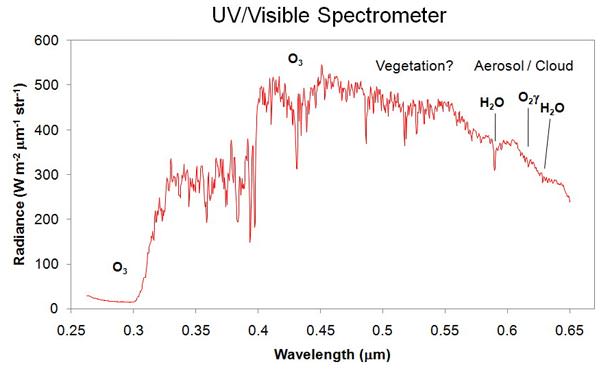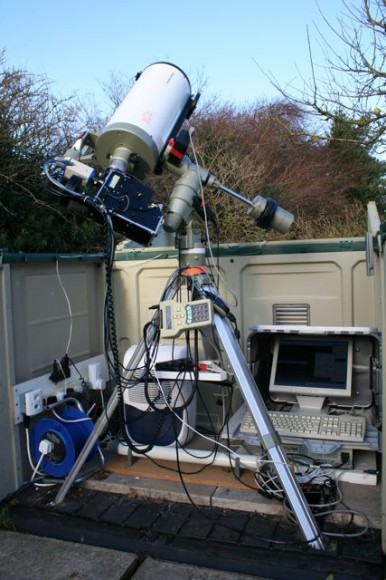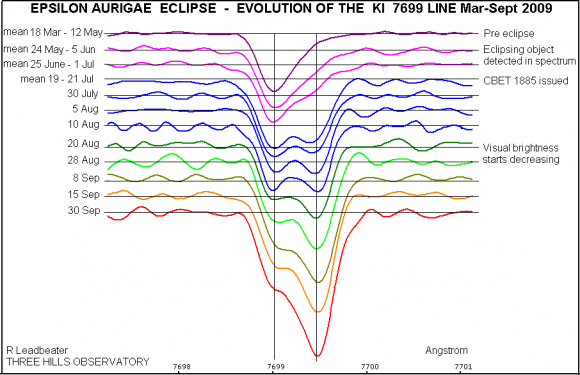Light spectrum can mean the visible spectrum, the range of wavelengths of electromagnetic radiation which our eyes are sensitive to … or it can mean a plot (or chart or graph) of the intensity of light vs its wavelength (or, sometimes, its frequency). More possible ambiguity: ‘light’ … which can refer to what we see, or to the part of the electromagnetic spectrum that optical telescopes (especially the ones down here on the ground) work in (and sometimes, just occasionally, it means the whole of the electromagnetic spectrum, or any electromagnetic radiation). Good news: the context makes it clear!
The realization that visible light is made up of colors is most often attributed to Isaac Newton (though a strong case can be made that it was known well before him), who used a prism to create a spectrum (rainbow of colors) from a beam of white light, and another to recombine them back into white light. And what’s it called when you spread light into a spectrum, for the purpose of studying it (in astronomy, chemistry, …)? Spectroscopy. And is there a different word if it’s infrared, ultraviolet, x-rays, … which are spread into a spectrum (rather than visible light)? Nope, it’s still spectroscopy.
Visible light ranges from about 380 nanometers (nm) to about 750 nm (or, as is still common in astronomy, ~3800 angstroms (Å) to ~7500 Å); the window in the Earth’s atmosphere which allows us to do astronomy from down here on its surface (and lets the light of the Sun through, so we can see!) is a bit wider than the visible spectrum; it goes from about 300 nm to about 1100 nm (or 1.1 µ).
To an astronomer, a light spectrum has two main components, the continuum and the lines (sometimes bands as well). The lines are discrete wavelengths (well, they do have some ‘width’, hence ‘narrow lines’ and ‘broad lines’), either emission or absorption, and correspond to a particular atomic transition (an electron jumps between one allowed energy level in an atom, or ion, and another; bands are the same thing, except for molecules … and the allowed states are either vibrational or rotational). And the continuum? Well, it’s the part that isn’t lines! It varies smoothly, and generally slowly, across the spectrum.
Spectroscopy – analysis of the light spectrum – is one of the most powerful tools astronomers use to work out what’s going on, and what it’s like, way out there where the light from the sky originates. Do you know why? If not, then these two NASA webpages will help! Visible Light Waves , and Electromagnetic Spectrum.
It’s such a broad topic, light spectrum, no wonder Universe Today has so many articles on it! For example, Amateur Spectroscopy, Atmosphere of an Extrasolar Planet Measured, and Oops, the Universe is Beige.
Astronomy Cast has several good episodes on the spectrum of light; here’s two to get you started Energy Levels and Spectra, and Detectors.






